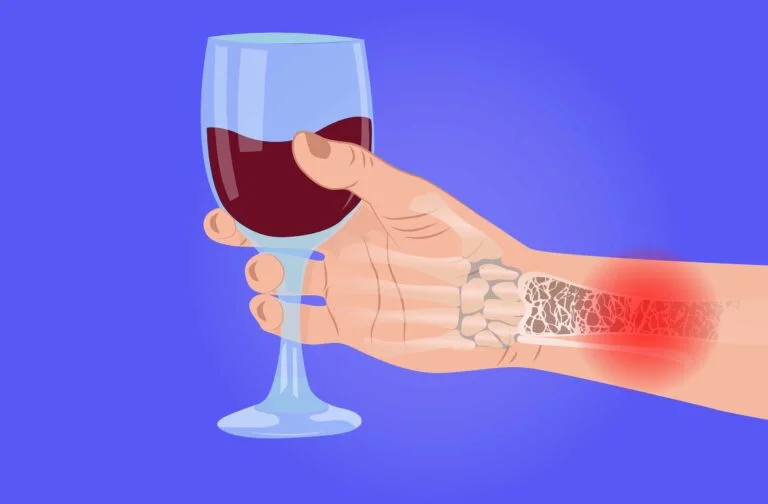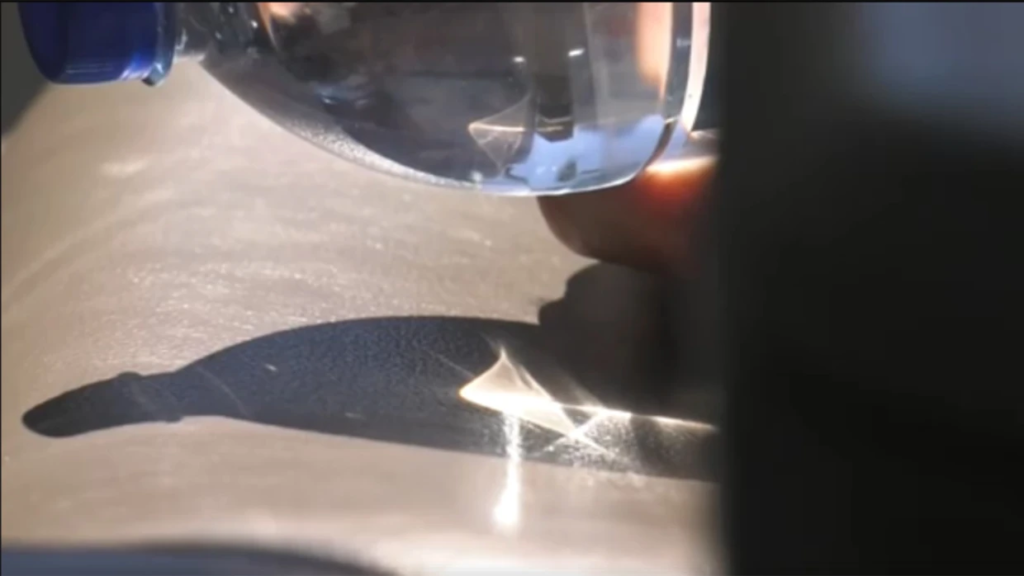
As the summer heat rises, firemen around the country issue a quick reminder against the seemingly harmless practice of leaving water bottles in cars. This unnoticed practice can have unintended and potentially dangerous consequences prompting fire safety officials to raise awareness about the risks.
The Science Behind the Danger
The risk comes from fundamental physical principles. When sunlight flows through a water-filled plastic bottle, it functions as a magnifying glass, focussing the light on one point. If this point is directed at a flammable surface, such as the fabric of a vehicle seat, it can start a fire. Firefighters have showed how rapidly and readily this can occur, even within minutes in direct sunlight.
Real-Life Incidents

Several occurrences have been documented in which vehicles caught fire as a result of this phenomena. One such case involves an Idaho firefighter who left a water bottle in his car while on duty. When he returned, he noticed smoke and discovered a smoldering seat caused by the bottle reflecting sunlight on the fabric. Fortunately, he was able to put out the fire before it did significant damage.
Preventive Measures
Fire safety professionals recommend many precautions to reduce this risk. First and foremost, avoid leaving plastic water bottles in your car, especially in direct sunlight. If you must leave a bottle in your vehicle, keep it in a shady position, such as the glove compartment or beneath a seat, so it is not exposed to direct sunlight. Also, consider using opaque or insulated bottles that do not allow light through.
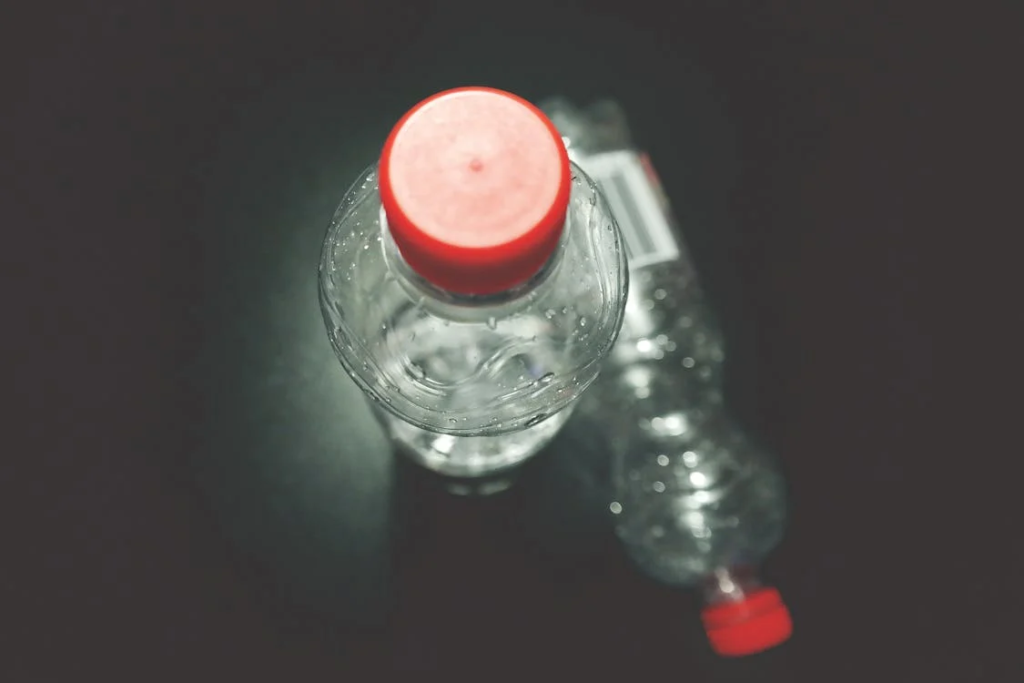
The Role of Public Awareness
Public awareness efforts are essential for conveying this knowledge. Fire departments across the country use social media, community meetings, and local news channels to educate the public. By spreading the word, they seek to limit the number of occurrences and guarantee that individuals take the required precautions to avoid vehicle fires.
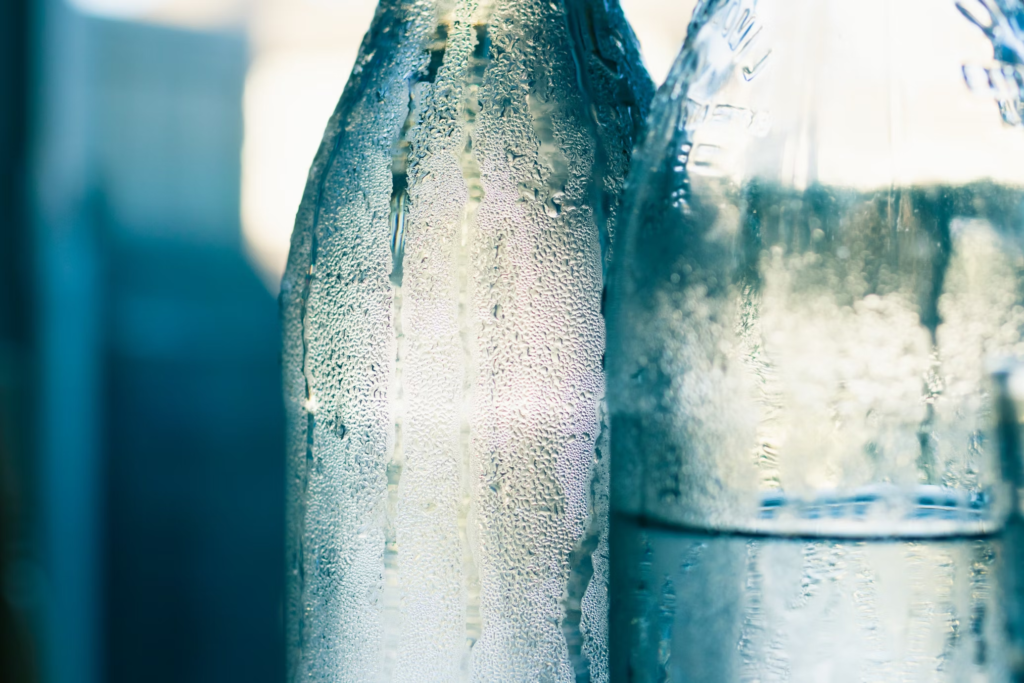
Case Studies for Co-Stars in Safety Campaigns
Several co-stars have joined these safety efforts to spread the word. For example, in California, performers from popular TV shows have worked with local fire departments to develop educational DVDs. Their participation has greatly enhanced the reach of these initiatives, making the public more open to the message.
Conclusion: A Simple Change for Safety
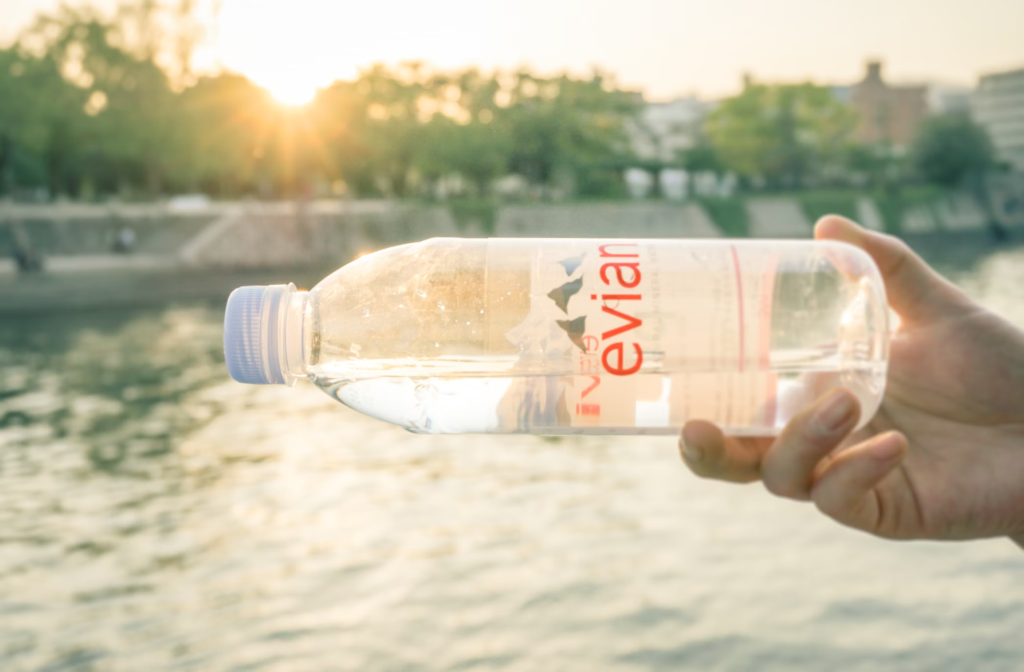
Finally, simply leaving a water bottle in your car can have catastrophic repercussions. Firefighters advise everyone to take this concern seriously and follow the necessary safety measures. We can keep ourselves and our communities safe by remaining aware and alert.

